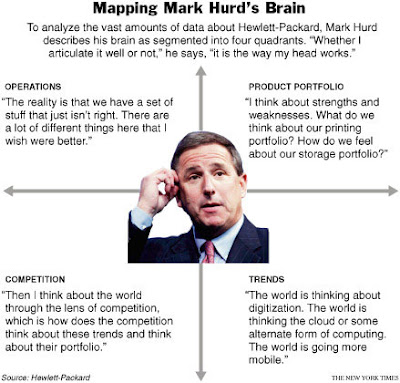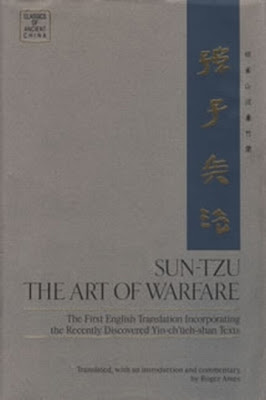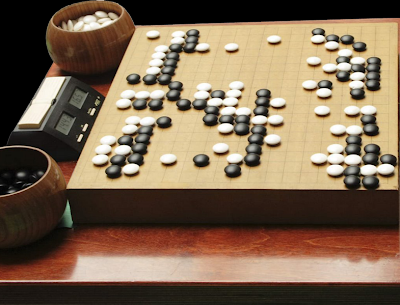
Starting a fight does not focus a team. It merely distracts the team from connecting and leading with their Tangible Vision. A fight does not create any momentum for the underdog who is behind the eightball.
fyi- A Tangible Vision is a strategic overview that emphasizes the specifics in terms of dates, metrics and risks. When a team connects with their Tangible Vision, they understand that completing the goal is everything. Concurrently, there is trust and accountability.
Lets Go Red Wings. Lets Go. ...
#
Ducks oust top-seeded Sharks 4-1 in Game 6
By GREG BEACHAM, AP Sports Writer
(04-27) 23:58 PDT Anaheim, Calif. (AP) --
Right when the opening puck dropped, Ryan Getzlaf and Joe Thornton dropped gloves. The star centers' simmering dislike erupted into a brawl dominated by Thornton, who pummeled Getzlaf with at least two flush blows to the face.
Getzlaf took it and smiled, knowing he still could win the only important fight.
/// In desperate times, desperate teams deploy desperate measures.
Win a fight. Then, lose a game is not the way to go.
The San Jose Sharks is a team with no idea of their priorities. ///
And that's exactly what happened in the waning minutes of Game 6. Getzlaf scored the knockout goal as the eighth-seeded Anaheim Ducks ousted the not-so-mighty San Jose Sharks from the postseason with a 4-1 victory Monday night.
Teemu Selanne and Francois Beauchemin put Anaheim ahead with their first playoff goals on fortunate deflections 83 seconds apart in the second period, and the Ducks coolly finished off the Presidents' Trophy winners in an upset that could resonate for years in this juicy in-state rivalry.
"I think if you ask anyone, we're not an eight seed," defenseman Ryan Whitney said. "Everyone in here knows that, and I think now everyone in hockey pretty much sees it, too."
Jonas Hiller made 36 saves to finish his phenomenal playoff series debut for the Ducks, who won a fight-filled clincher to complete a remarkable playoff upset two years after winning the franchise's only Stanley Cup.
The clubs' final meeting was a slugfest with 60 total penalty minutes and a long series of brawls between Anaheim's goals and Hiller's saves. It all started with the stunning fight between Getzlaf and Thornton, who traded shoves and harsh words two days earlier in San Jose.
"Joe kind of came in and said, 'Do you want to go tonight?'" Getzlaf said. "I had every intention of asking him, so it was a situation that carried over from last game. We kind of knew what we were doing. ... (In Game 5) I didn't want give them any spark. Tonight, I felt, was the opportunity to redeem myself."
Corey Perry also scored as Anaheim advanced to face second-seeded Detroit, which swept Columbus out of the first round. The defending Stanley Cup champions are favorites to defend their title — but few gave the Ducks much chance against the Sharks, either.
With a dynamic offensive effort that negated all the Sharks' physical bluster, Anaheim became the third team to beat the NHL's top regular-season club in the first round since 2000, and just the fifth since 1968. The Ducks are the eighth No. 8 seed to win a playoff series since 1994, largely dominating the league's first all-California postseason series in 40 years.
Evgeni Nabokov made 28 saves and Milan Michalek scored the game's first goal for the Sharks, who completed the biggest playoff collapse in a franchise history full of them. San Jose led the NHL with franchise records for points (117) and wins (53) during the regular season, but the club has been past the second round of the postseason just once, in 2004.
The Ducks were outshot in every game, but Hiller, the Swiss goalie, allowed just 10 goals and posted two shutouts.
"Did we get what we deserved? We could have played better, obviously, in some games," said Sharks rookie coach Todd McLellan, an assistant in Detroit last year. "It took us a while once our character was challenged, and we responded. The lesson has to be learned that we can't give games away."
San Jose has won four Pacific Division titles in the past seven seasons, but has never made it beyond the 2004 Western Conference finals.
Selanne broke a tie during a power play, slipping the puck in front of the net where it apparently glanced off Christian Ehrhoff's stick. A few moments later, Beauchemin launched a shot from the blue line that appeared to ricochet off Dan Boyle's stick and past Nabokov.
"To a man, they were better," Boyle said in the Sharks' somnolent dressing room. "Their goalie was better than ours. Their defense was better, and their forwards were better. We had a great regular season and a disappointing playoff, and for that, you have to give them credit."
The loss might be the final game in the 20-year career of Jeremy Roenick, who postponed retirement to make two more runs at his first Stanley Cup. Rob Blake, the 39-year-old defenseman, also could be gone, as could 43-year-old Claude Lemieux, who made a comeback after a 5 1/2-year NHL absence, but played just once against Anaheim.
Notes:@ Anaheim improved to 9-0 in franchise history when playing at home with a chance to close out a postseason series. ... Two scraps near the second intermission briefly put four Sharks and three Ducks in the penalty boxes. ... San Jose dropped to 2-13 in the sixth games of playoff series.
http://sfgate.com/cgi-bin/article.cgi?f=/n/a/2009/04/27/sports/s221243D34.DTL
















